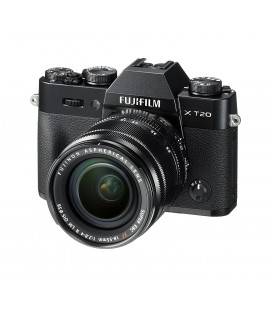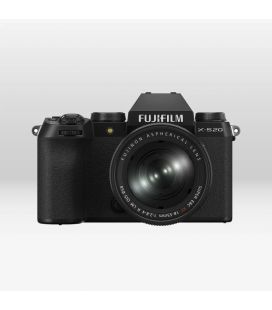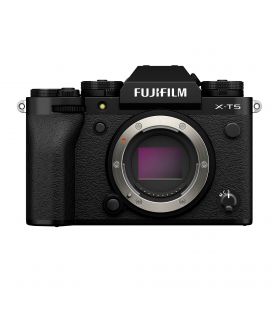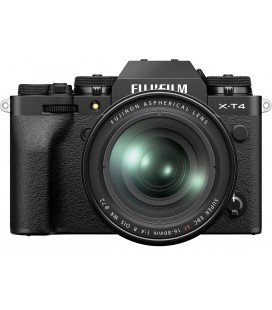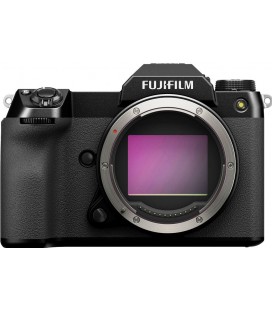Being the first camera in the X series to include a dedicated film simulation dial FUJIFILM, The X-T5 is optimized for users who want to quickly adjust the style of their images rather than navigating through menus. While the dial provides access to numerous film style options, there are also custom slots that can be assigned according to your preferences.
In addition to having access to all the lenses of the X series, this camera also features a digital teleconverter of 1.4x and 2x to enhance its framing capabilities.
- The standard zoom is designed for mirrorless cameras with X mount of FUJIFILM and provides an equivalent focal length range of 23 to 69 mm.
- Two extra-low dispersion elements are used to reduce color fringing and chromatic aberrations in order to produce high clarity and color fidelity throughout the zoom range.
- Three aspherical elements control distortion and spherical aberrations, which helps to improve sharpness and achieve a more accurate representation.
- A Super EBC coating has been applied to individual elements to reduce lens flare and ghosting, thus achieving better contrast and color fidelity when working in bright lighting conditions.
- The motorized zoom design allows for easy switching between focal lengths, and two independent speeds can be selected depending on how the zoom ring is turned. When recording a video, the zoom will move at a constant speed to produce a smoother and more pleasant motion.
- In addition to the motorized zoom capability, the lens also features a retractable design to achieve a more compact form when not in use. Furthermore, when the camera is turned on, the lens automatically extends to the appropriate position for shooting.
- The stepper motor, along with an internal focusing design, provides fast and silent autofocus performance that benefits both photography and video applications.
- Optical image stabilization minimizes the appearance of camera movement by 3 stops to allow handheld photography at slower shutter speeds.
- The rounded seven-blade diaphragm contributes to a pleasing bokeh quality that benefits the use of selective focus techniques and shallow depth of field.
 Read the 5 reviews
Preguntas
Read the 5 reviews
Preguntas
 Read the 5 reviews
Preguntas
Read the 5 reviews
Preguntas















